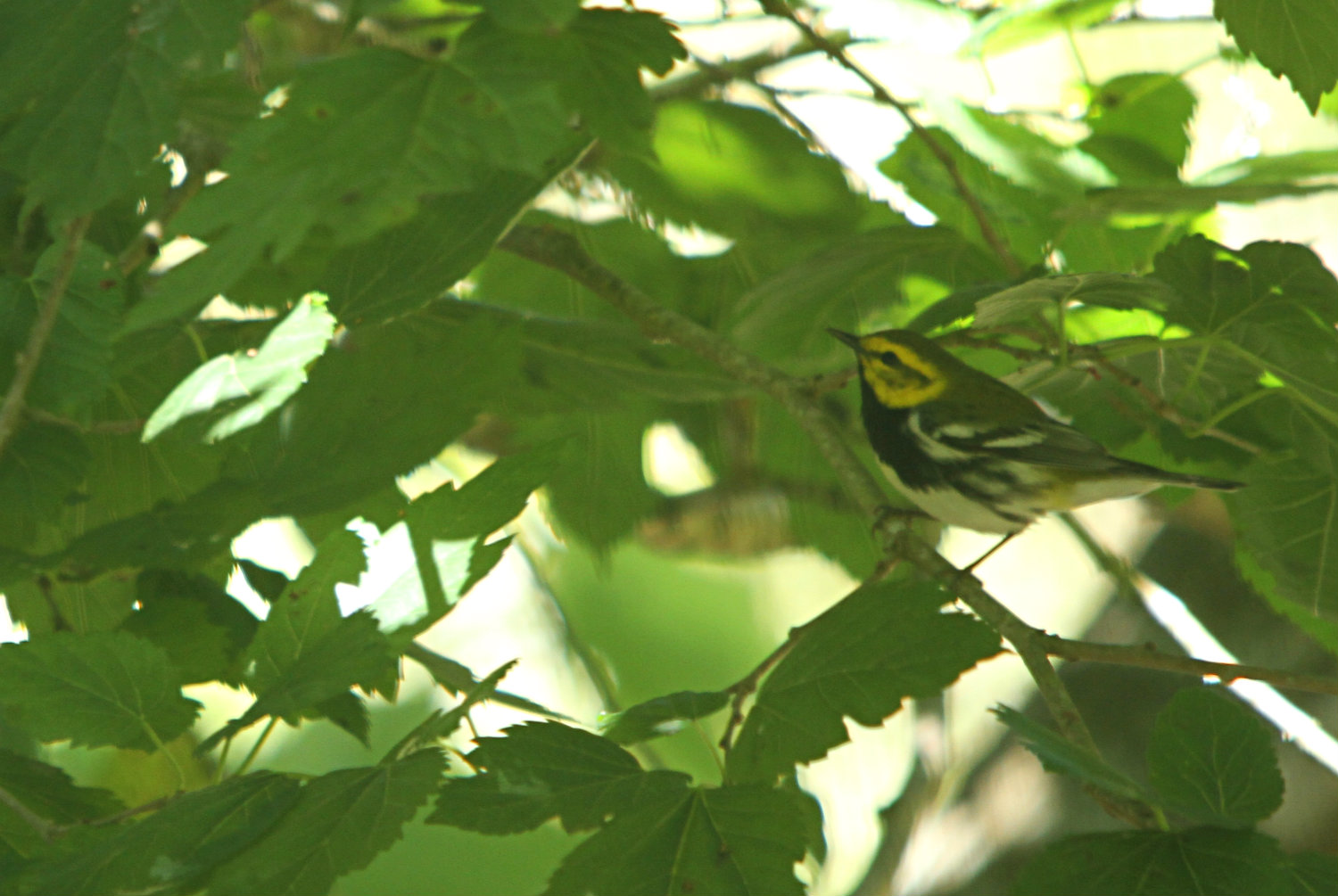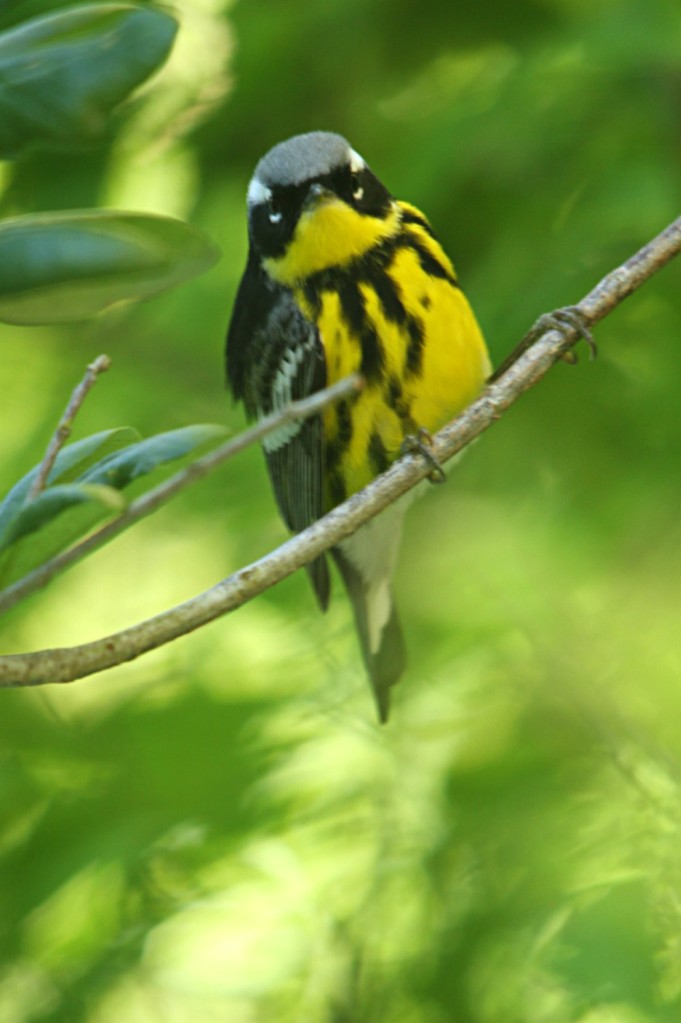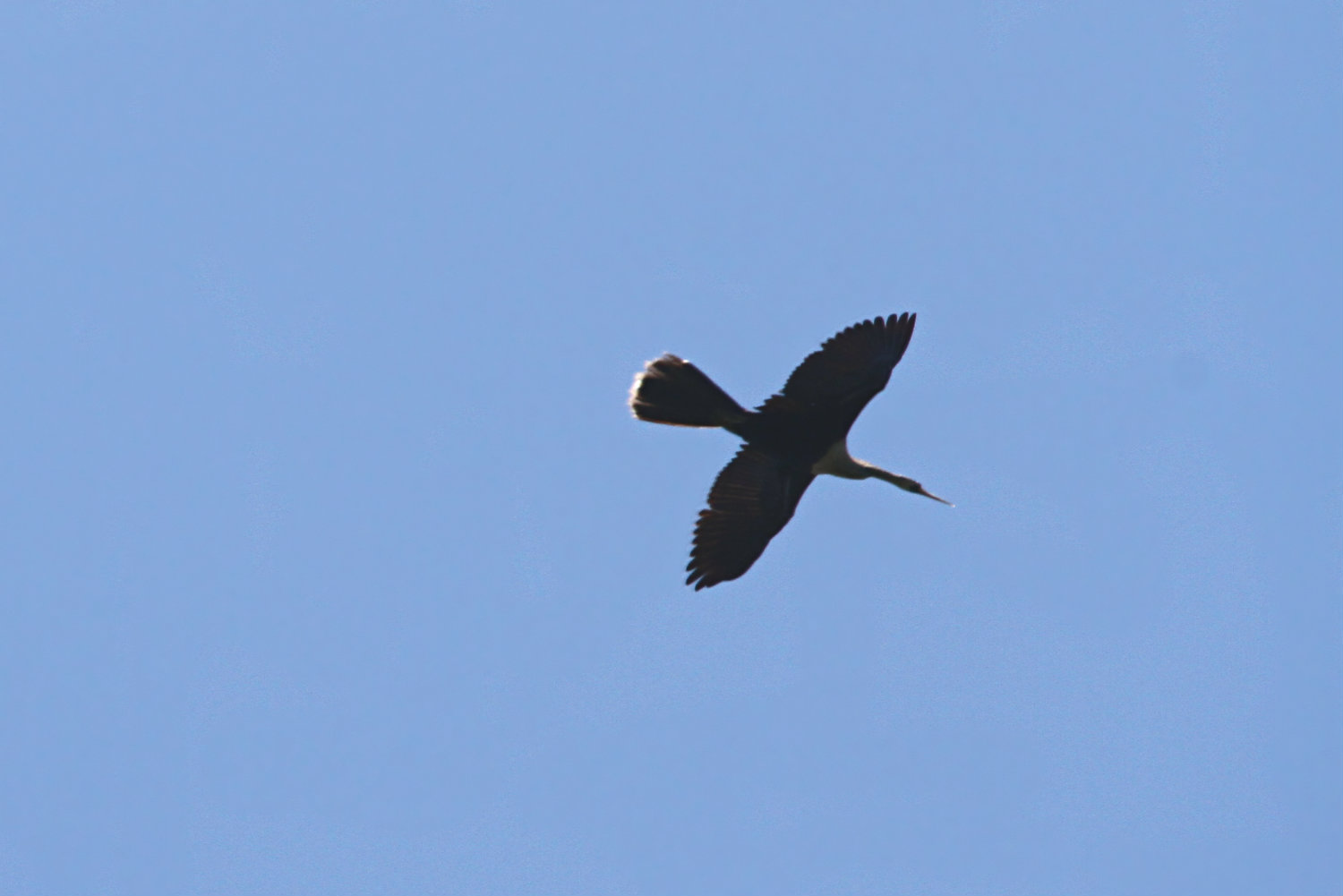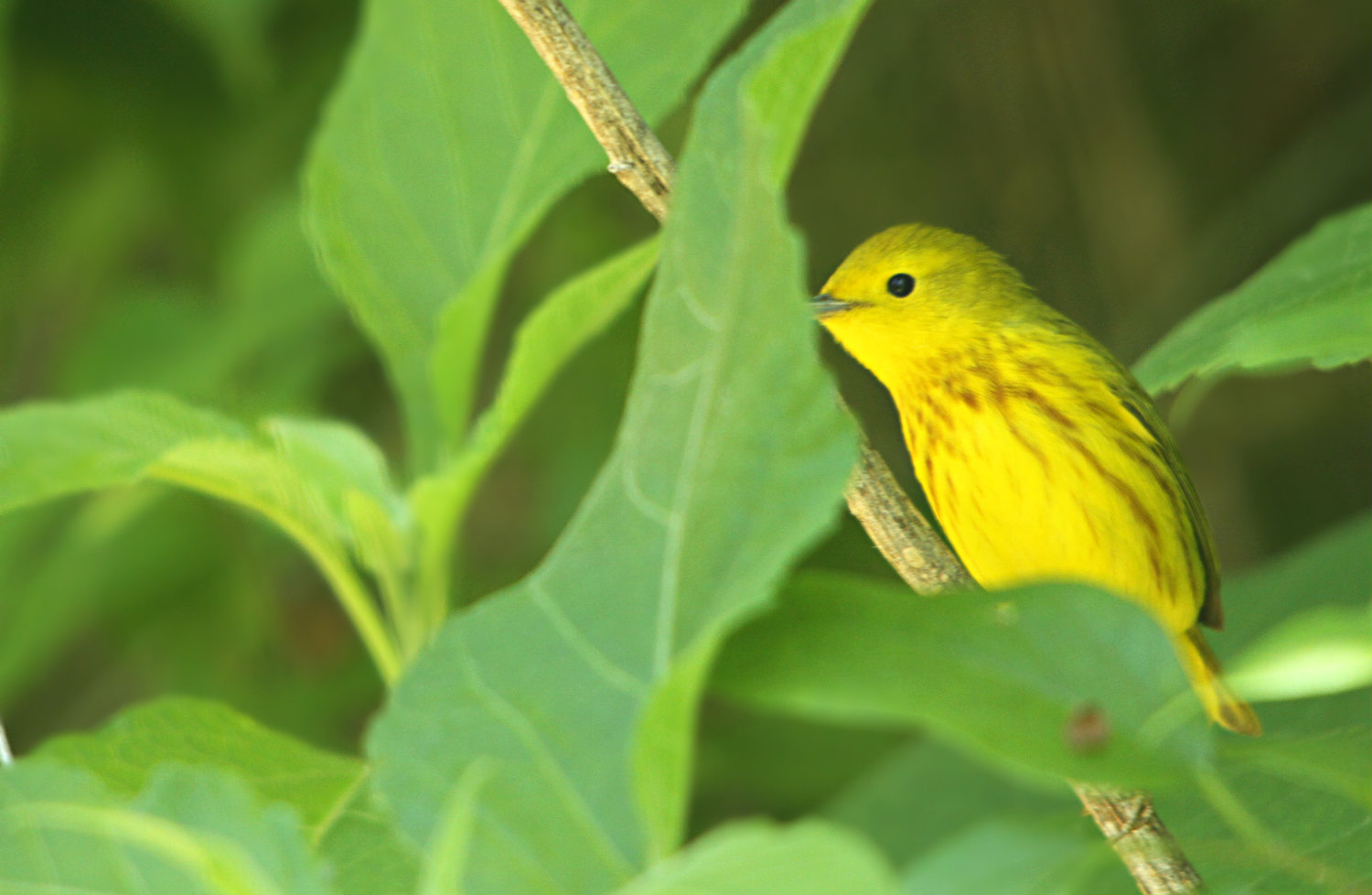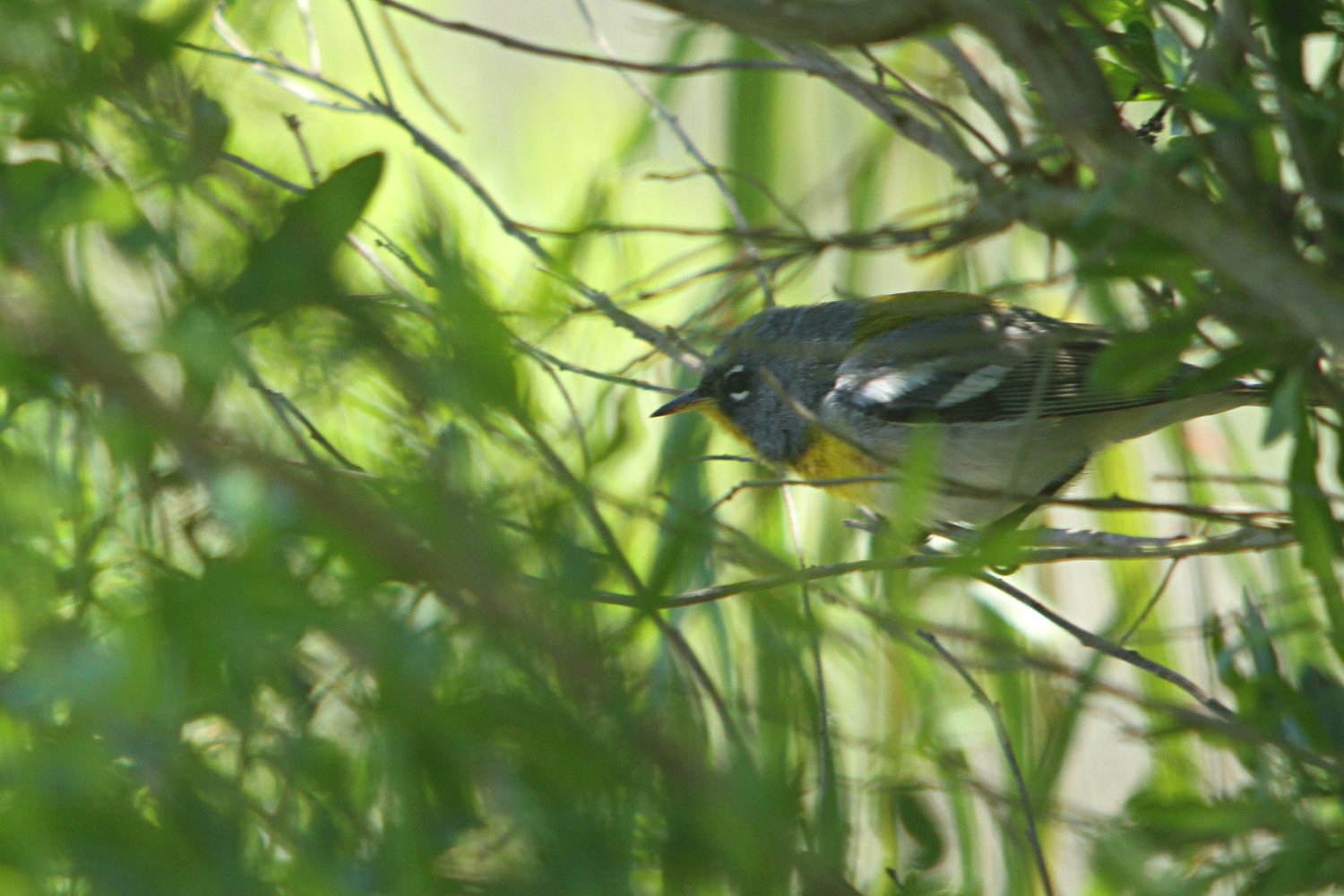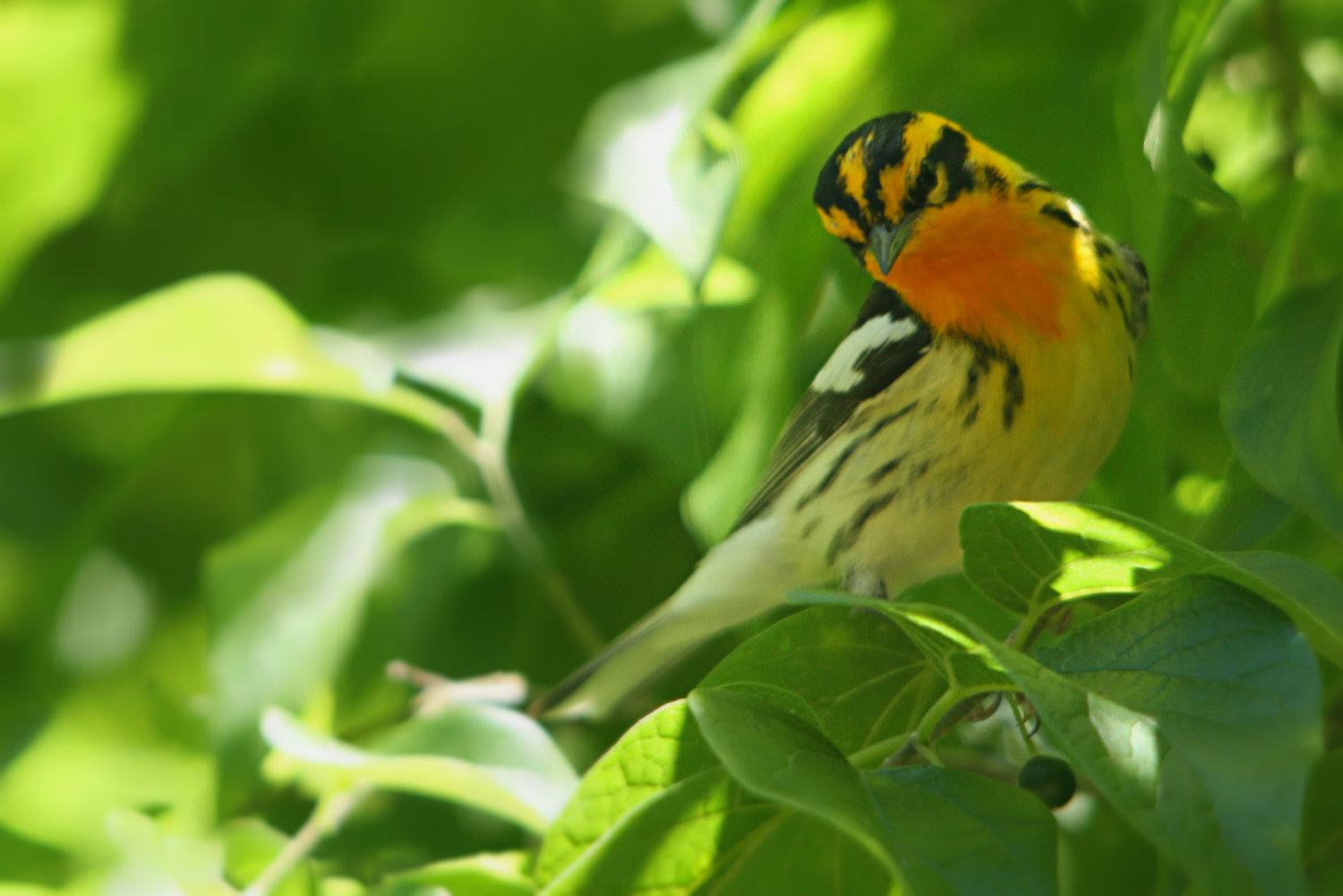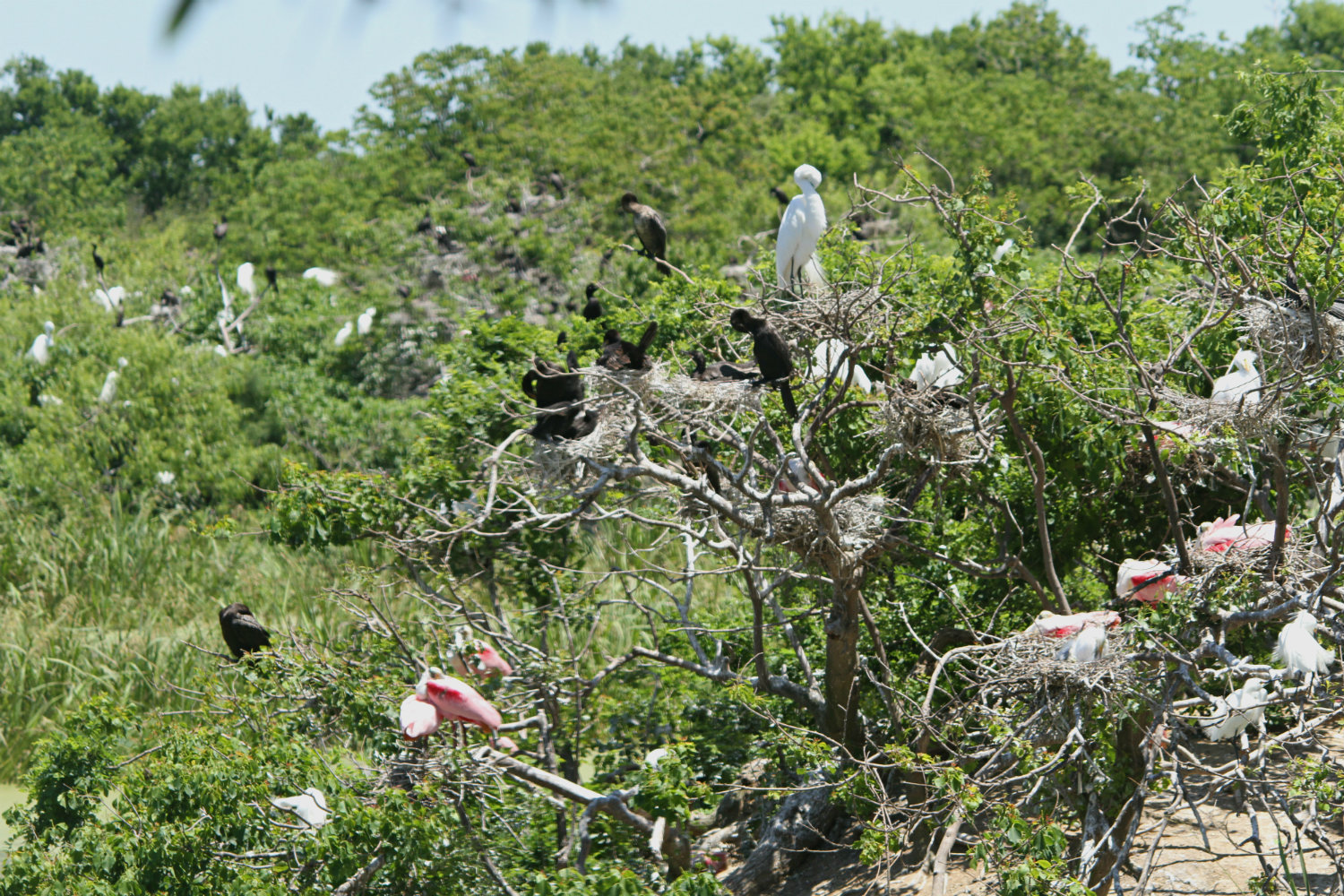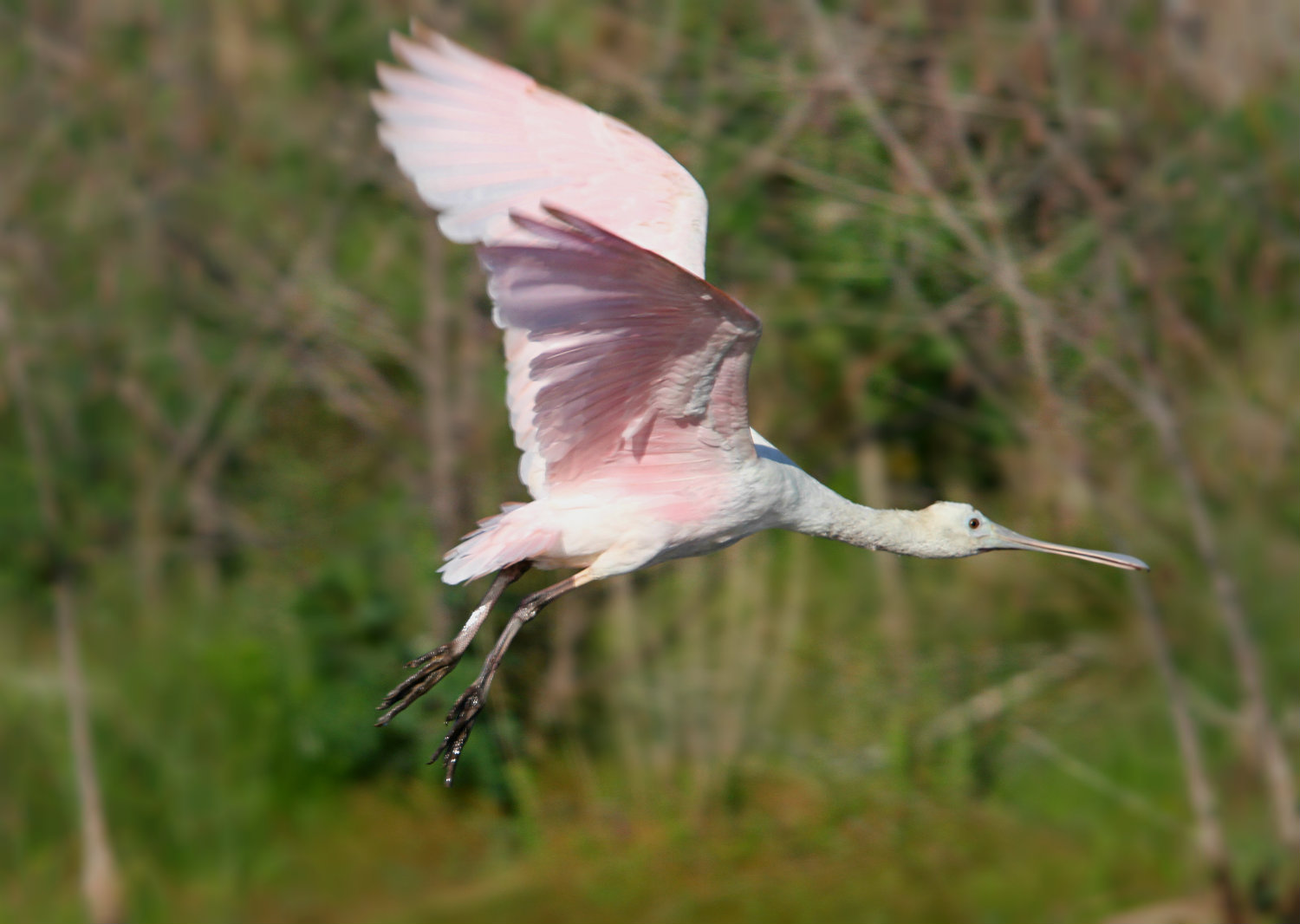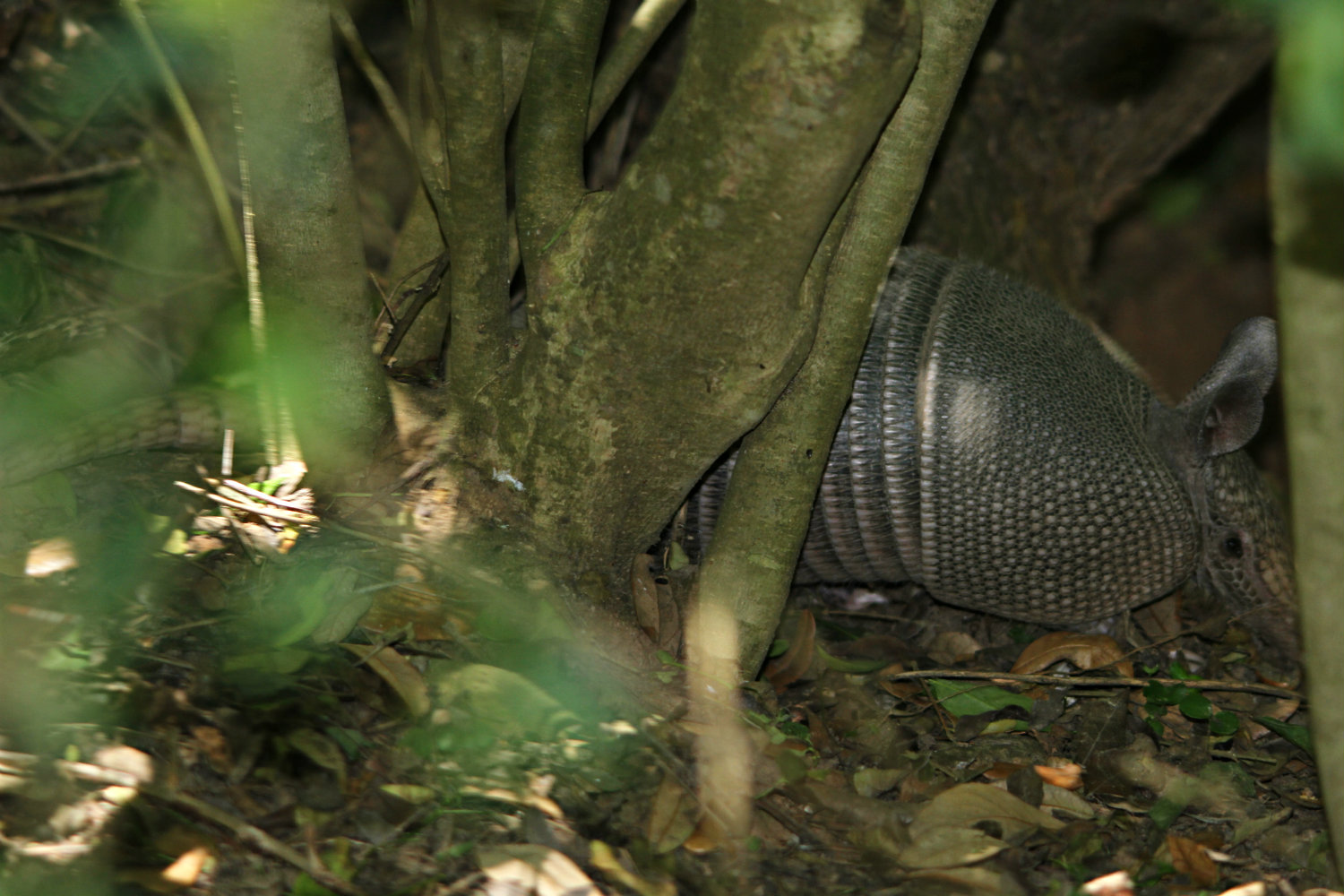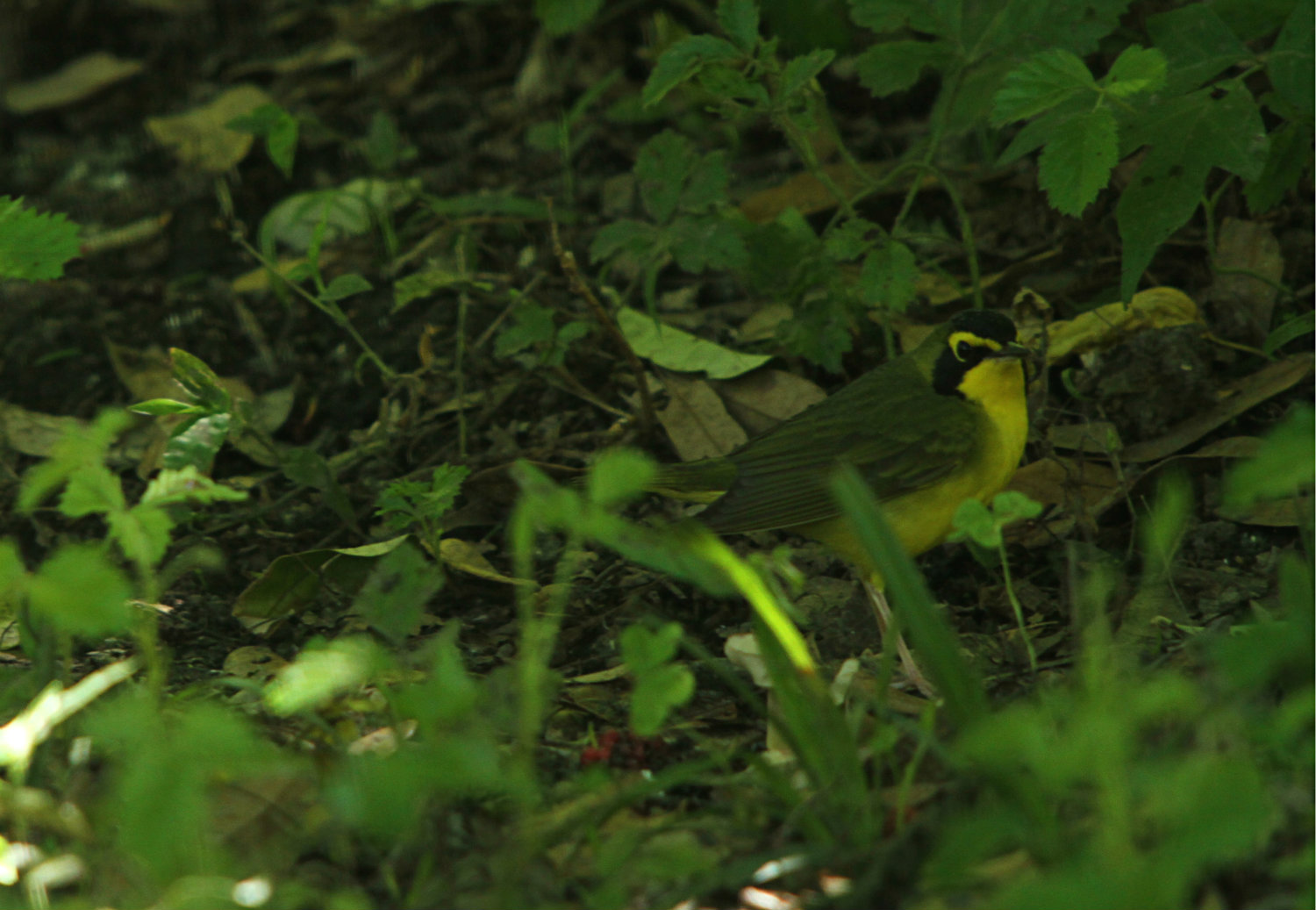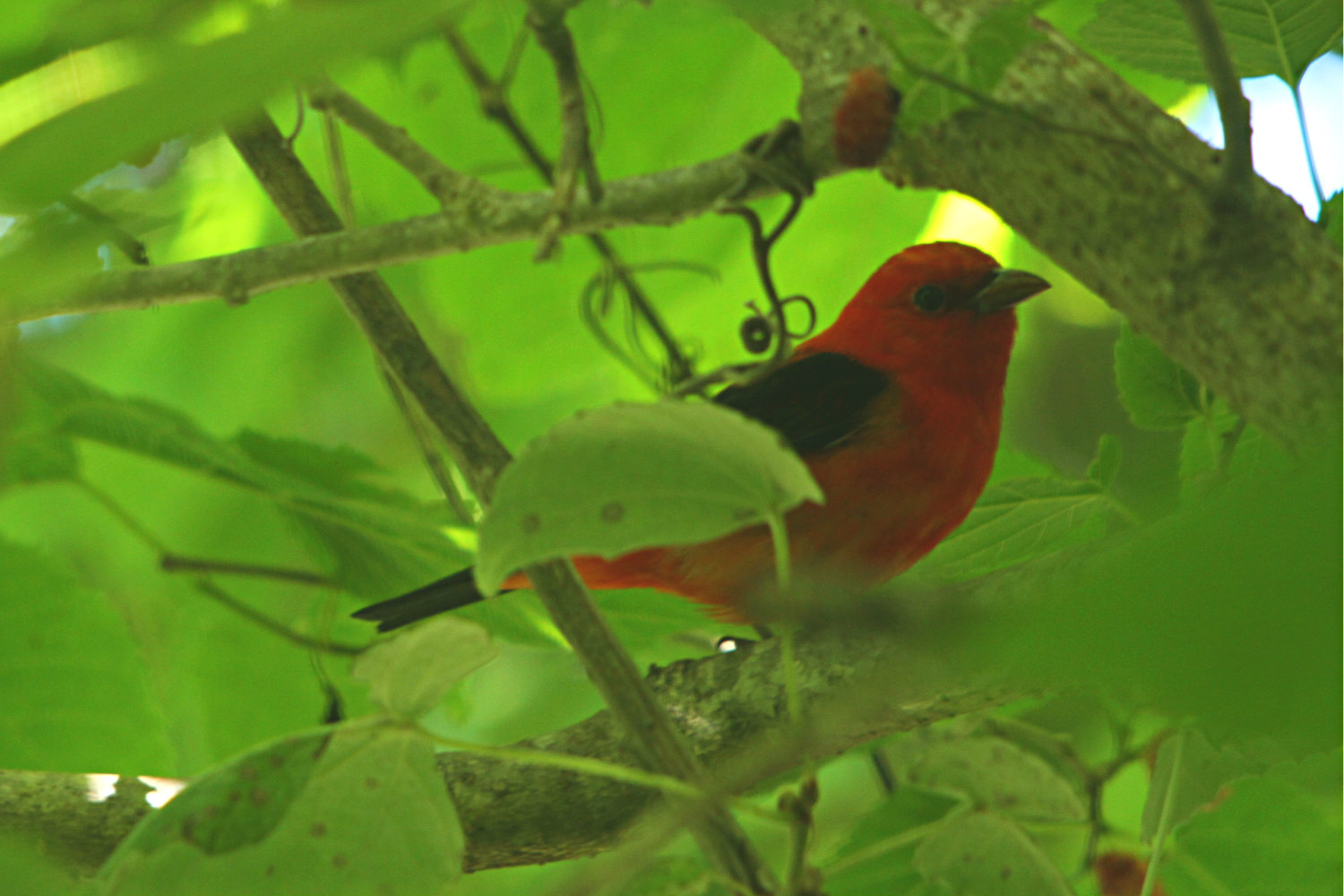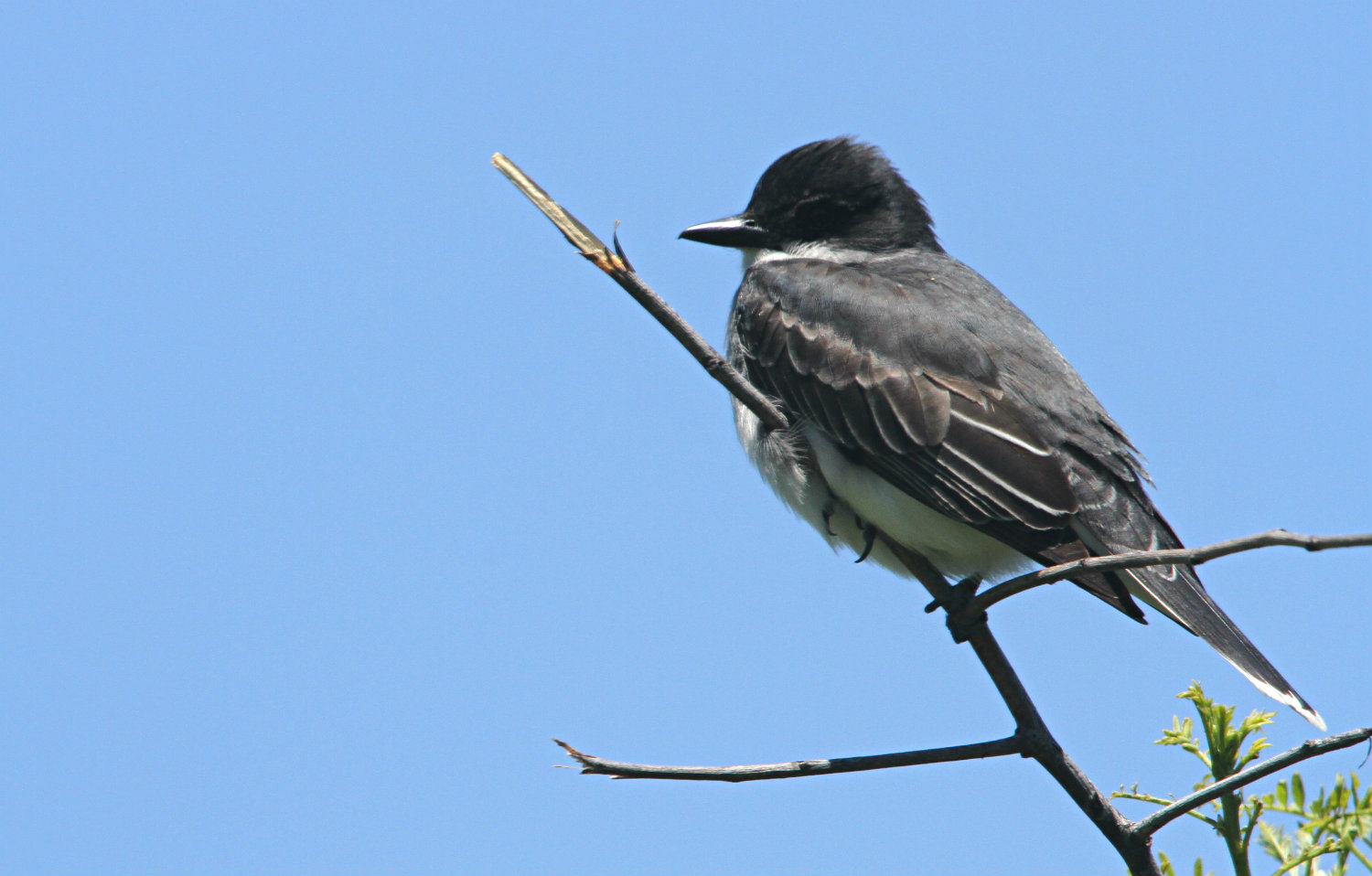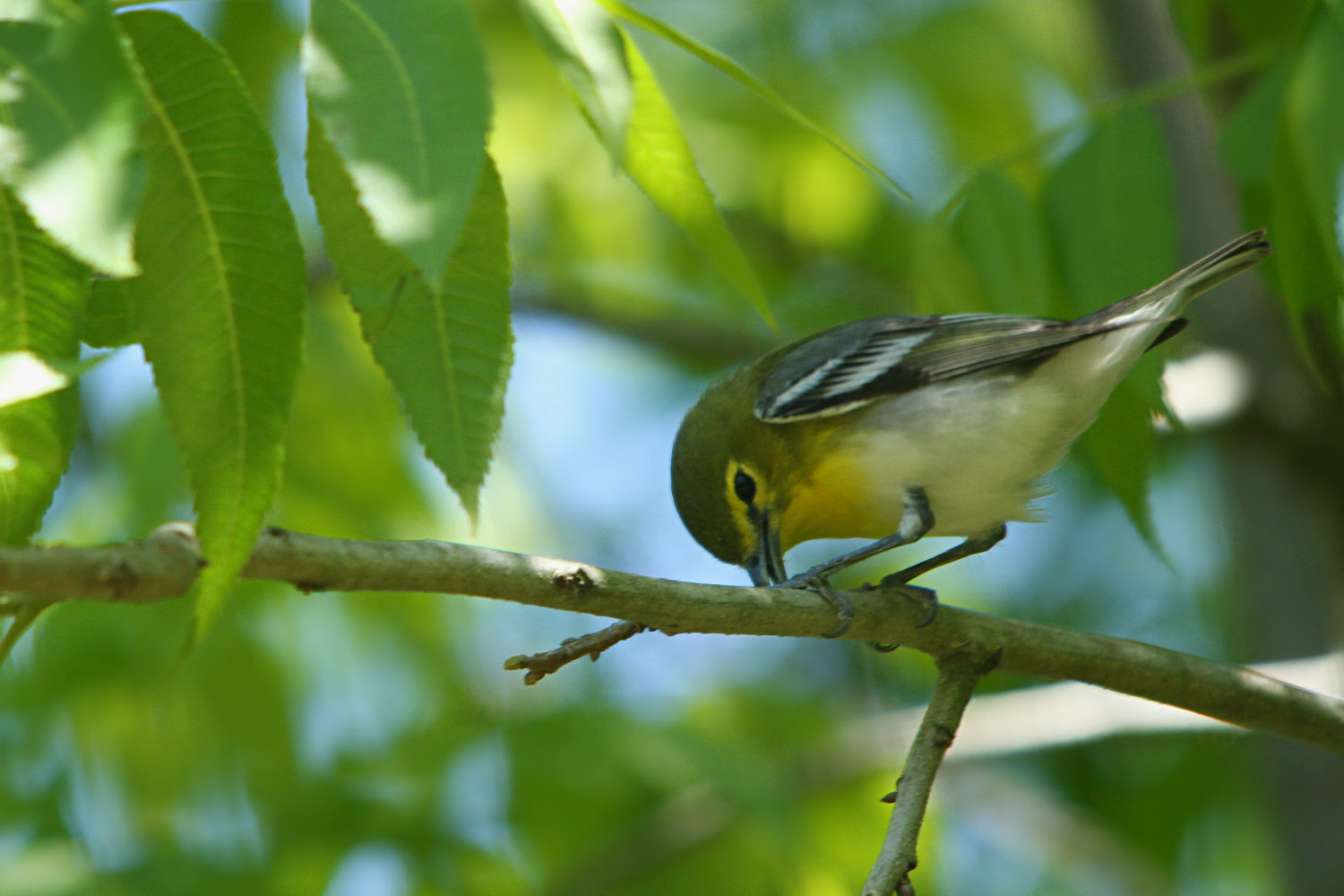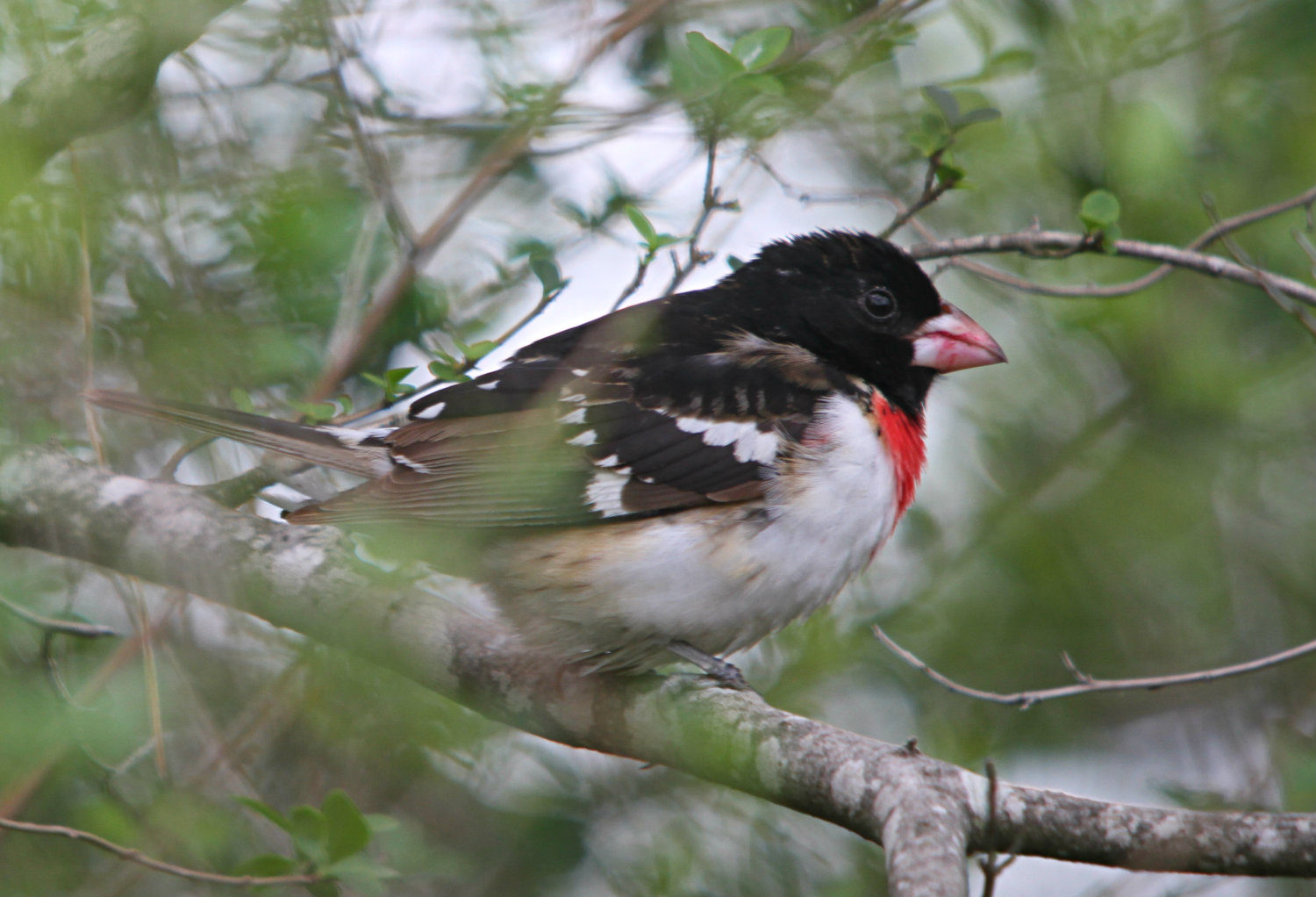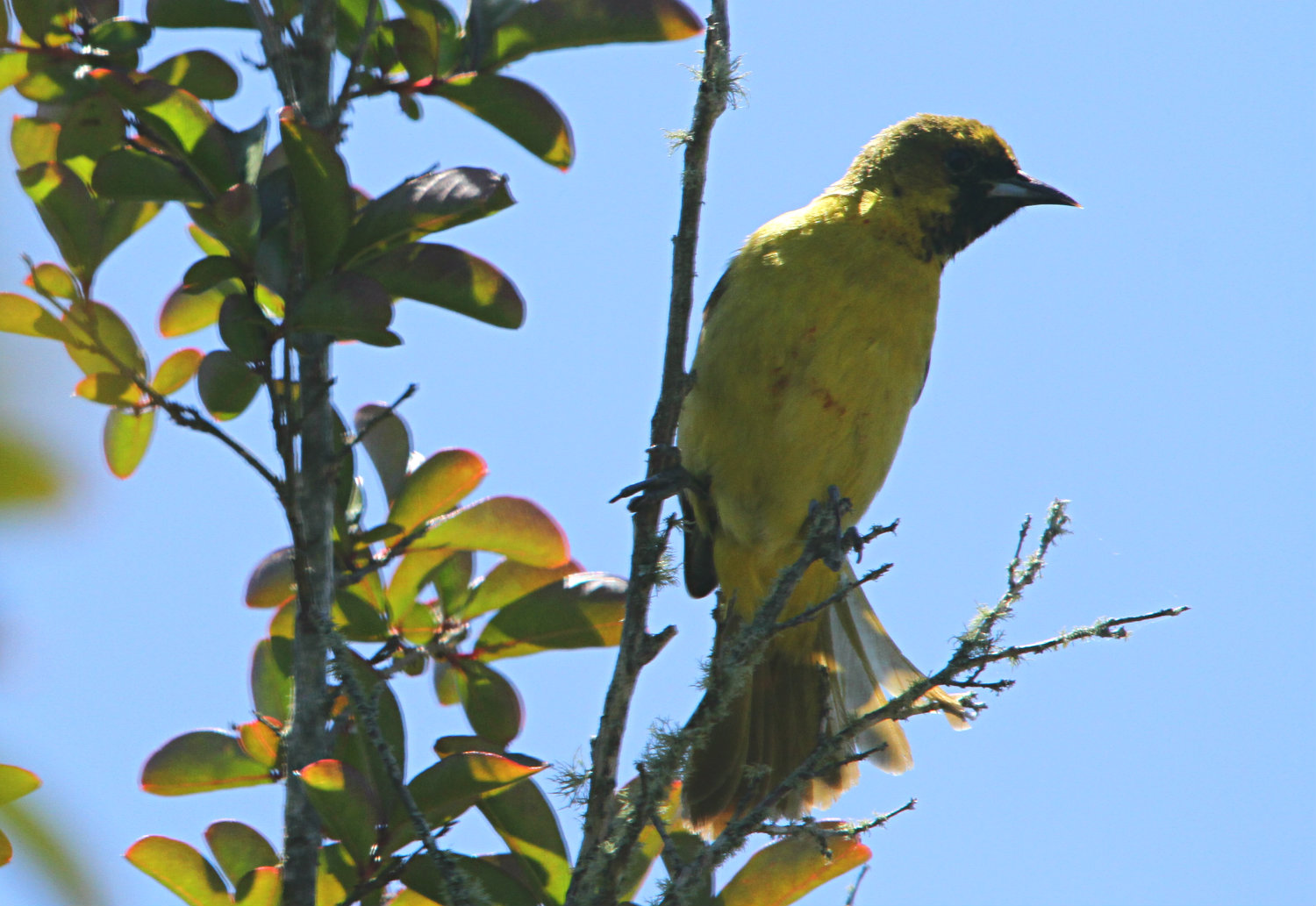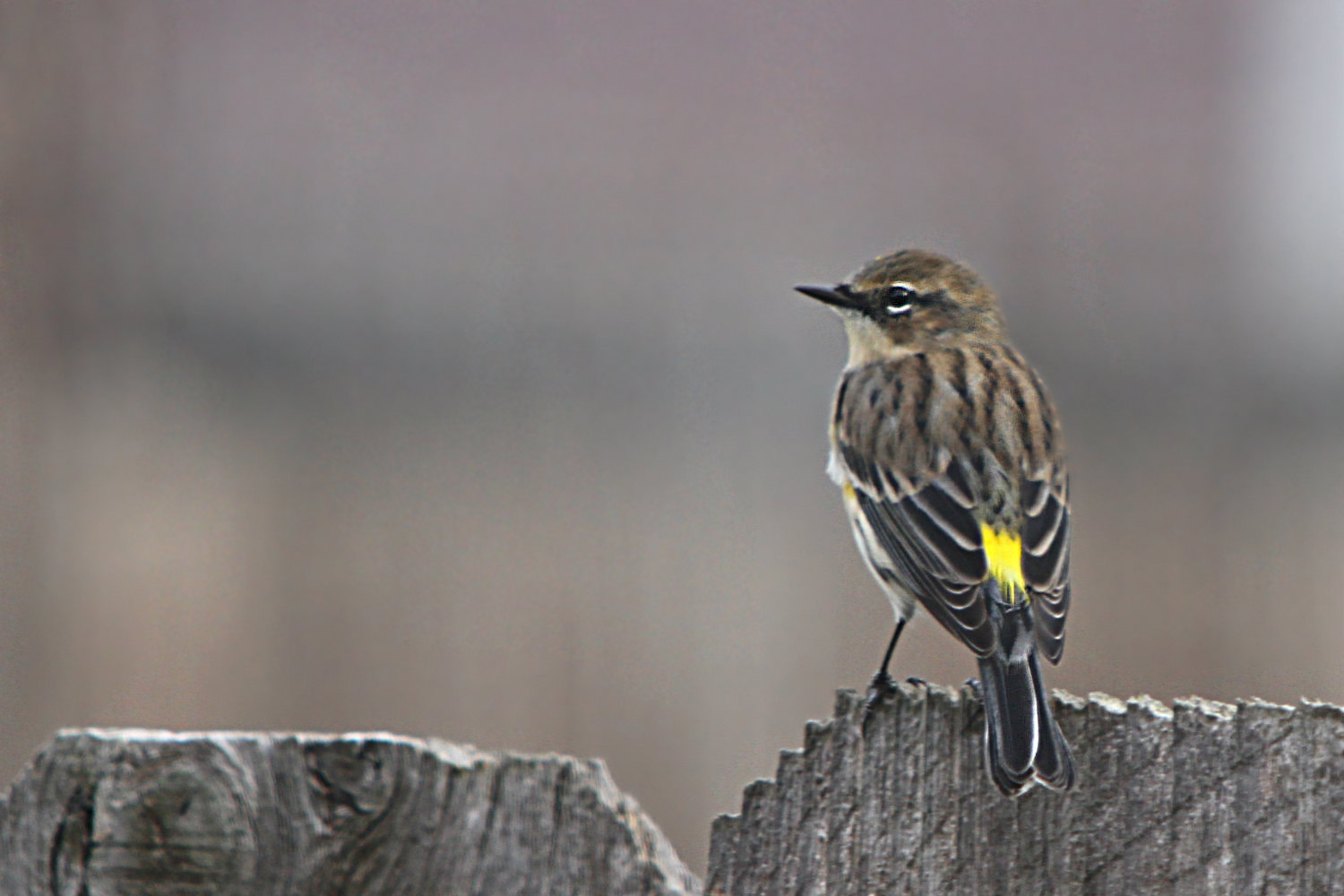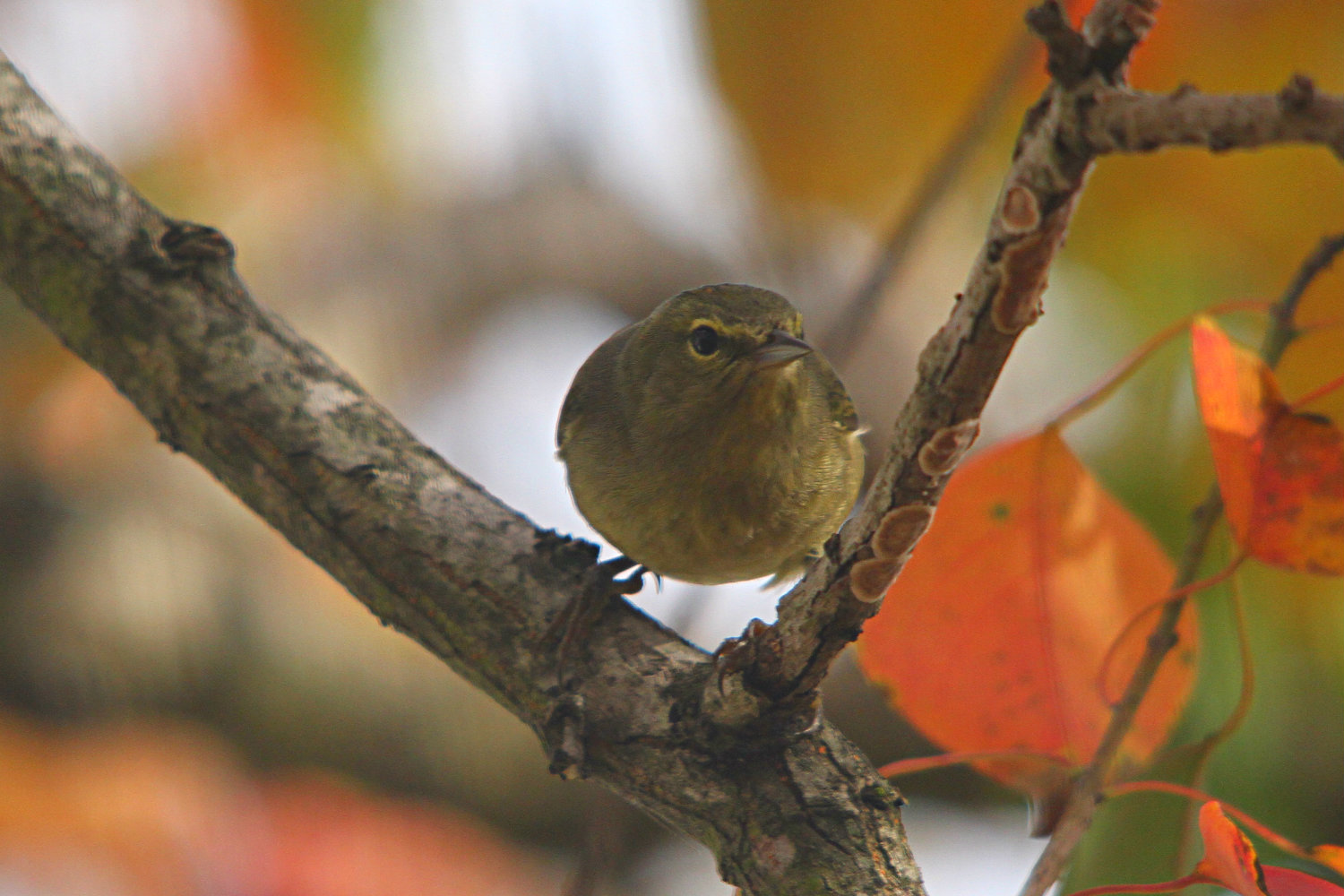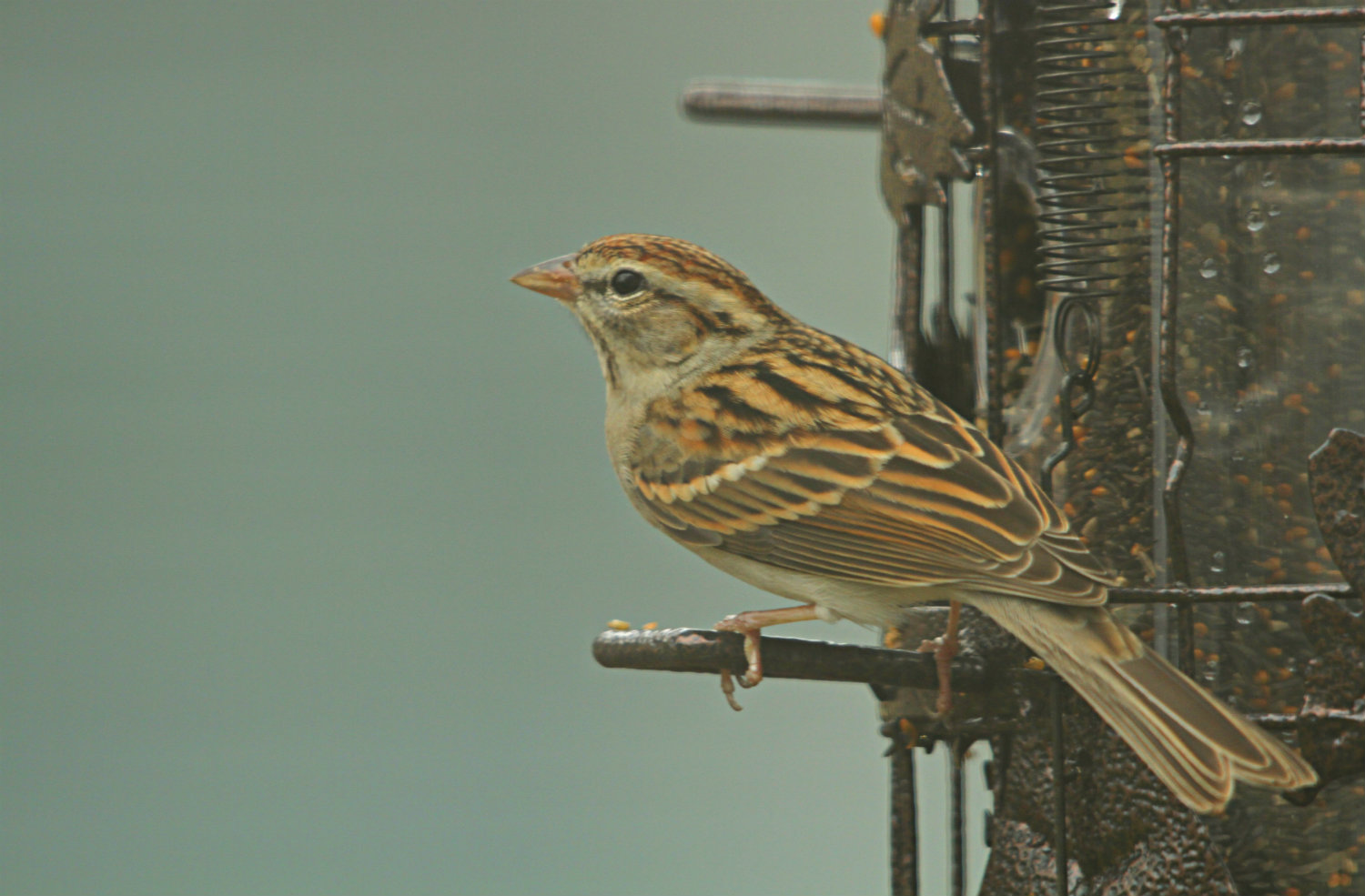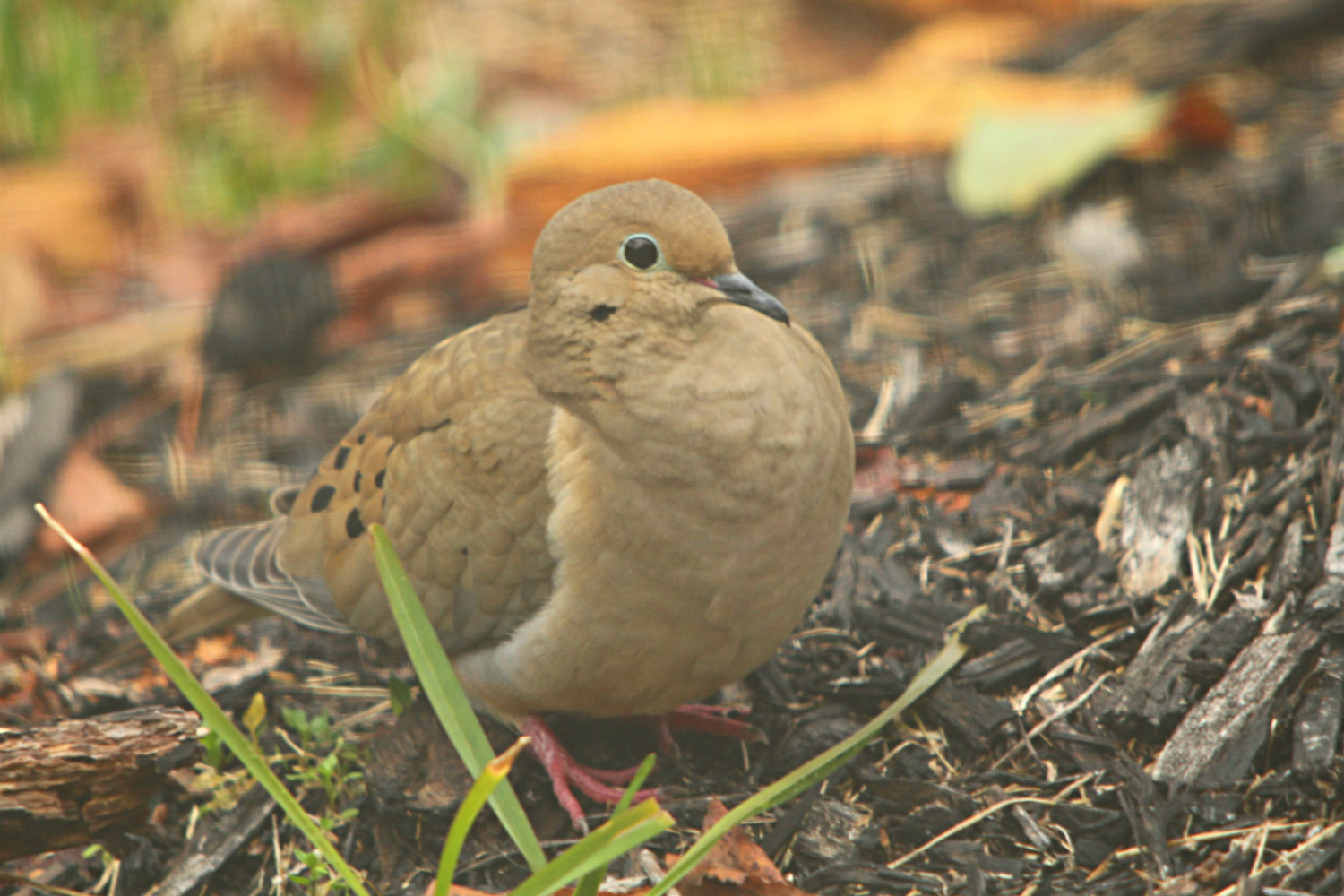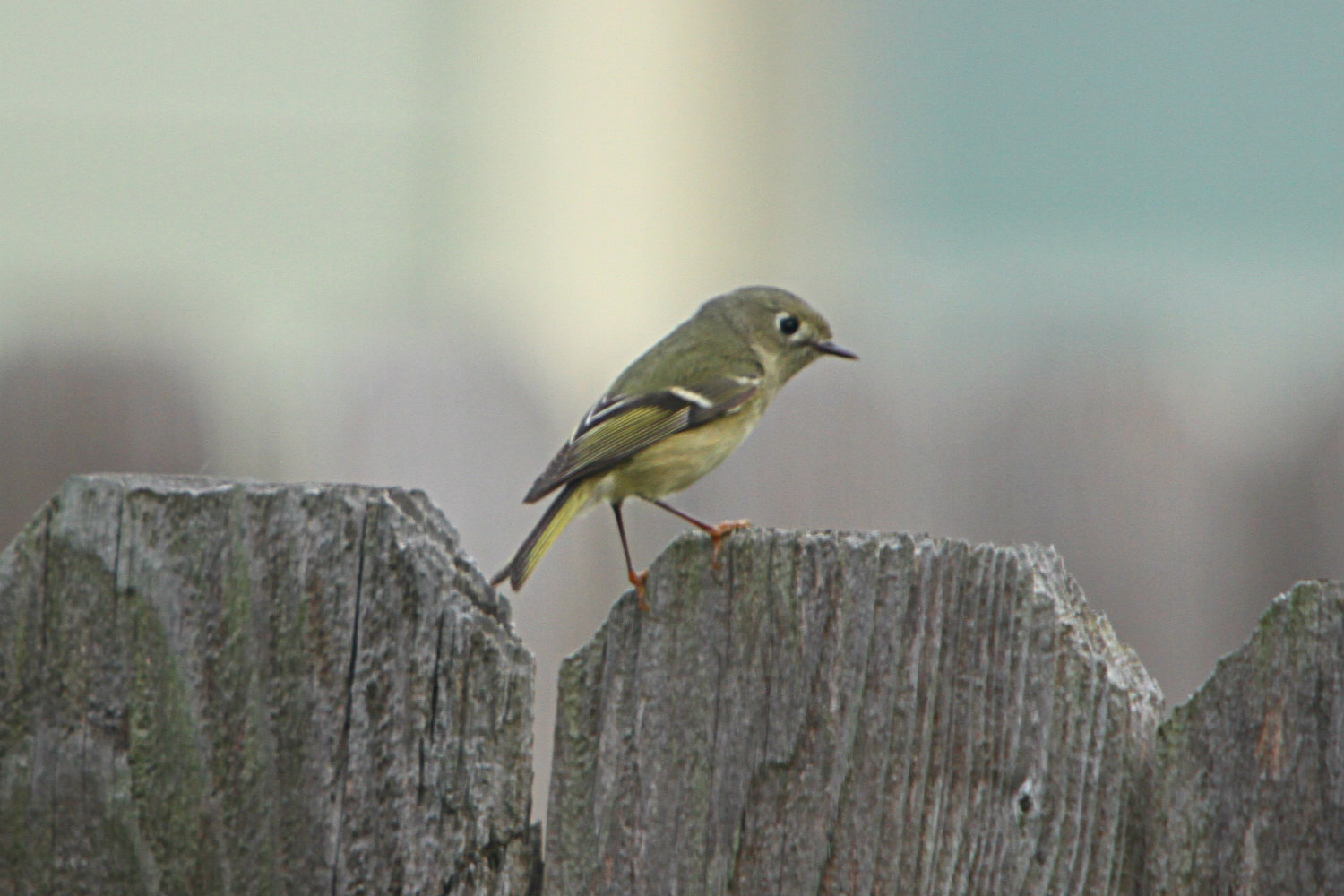Posted by Matthew Sim
Great scenery, pristine skies, rugged wilderness, abundant wildlife, all of this found in Texas- add these all up and what do you get??? The answer- Big Bend National Park in west Texas.
Spanning a huge 801,163 acres, Big Bend is the 14th largest national park in the U.S. and covers 3 different environments; mountain, desert and river. This huge area attracts about 350,000 visitors each year and is immensely popular, with spring break being the most popular time to visit the park. This year, my family and I went to find out why the park is as popular as it is.
We left Houston early in the morning in preparation for the 11 hour drive that lay ahead of us. For a good 5 hours of the trip, we drove through heavy rain and saw no break in the clouds. Once we arrived at our campground however, about 20 miles out of the park, we stepped out of the car beneath cloudless skies and almost immediately saw several bird feeders. Right after we found the bird feeders, we found the birds. Suddenly, we were surrounded by at least a dozen birds; Cactus Wren! Curve-billed Thrasher! Black-throated Sparrow! Pyrrhuloxia! Ladder-backed Woodpecker! House Finch! White-winged Dove! The birds were everywhere!

Black-throated Sparrow; a common yet beautiful sparrow of the southwestern U.S.

A conspicuous looking (and sounding) wren of southwestern deserts, the Cactus Wren is also the largest species of wren

Pyrrhuloxia; a distinctive songbird related to the cardinal
We soon had to leave the feeders though to pitch our tent as darkness was settling fast over the desert. As we set up our tent underneath the setting sun, I couldn’t help but feel excited for what I might see in the morning.

The sun rises over the hills around our campground.
After spending a somewhat chilly night in our tent, beneath countless stars, we awoke to the beautiful sound of a singing Pyrrhuloxia, which bears a striking resemblance (both in looks and sound) to a Cardinal. We headed to the nearby bird feeders to see what was about, and nearly immediately ran into a huge surprise- a covey of 35 Scaled Quail, dashing here and there.

We continued birding around the feeders and a small water dish, finding a Sage Thrasher, a single Lark Bunting, a Rock Wren and a pair of Canyon Towhees.

Canyon Towhee; a small drab sparrow-like bird with a very bright cinnamon rump (just visible in this shot)
By late morning, we decided to head to the Chisos Basin, a small valley surrounded by mountains, to do a little hiking. While hiking down into a valley on the Window trail, we were happy to see White-throated Swift, Pygmy Nuthatch, Spotted Towhee and Mexican Jay. This national park was really starting to amaze us by the sheer beauty of it all, nature and scenery standing out above the rest. Upon finishing the hot hike, we made a quick decision to check out the Rio Grande Village after getting a tip that a Common Black-Hawk, a rare bird in the U.S. but one that has nested here for several years, might be hanging around.
Unfortunately, no hawk for us. We were treated to fantastic views of several species though; Vermilion Flycatcher, Western Bluebird, Brewer’s Sparrow and Marsh Wren, all while being merely 50 feet away from the border with Mexico (which, by the way, several Common Ravens flew across without any security checks!).

The absolutely gorgeous Vermilion Flycatcher.
After birding the Rio Grande Village, we brought an end to our fun-filled (and bird-filled) day and headed back to the campground beneath a beautiful setting sun. We were already looking forward to Day 2!

Part 2 of our Adventures in Big Bend coming up tomorrow!

